Investment Success: Simple but Not Easy
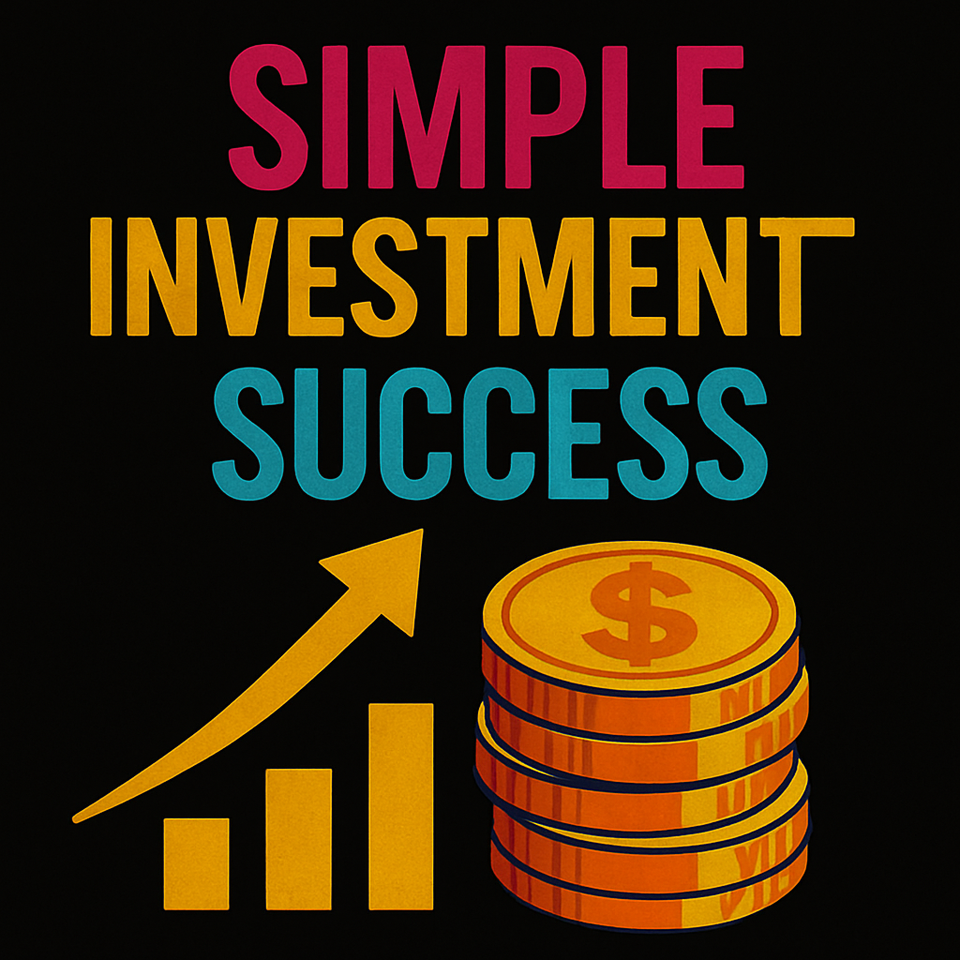
A day trader I know lost $45,000 in three months chasing AI stocks. Smart guy—runs a successful business, sharp analytical mind. But in the market, he was a pinball bouncing between hot tips and momentum plays until his account was nearly wiped out.
Most investors fail because they're playing the wrong game. They think investing is about finding the next Tesla before it rockets, timing the market crash perfectly, or following a guru's secret formula. They treat their portfolio like a slot machine—pull the lever, hope for a jackpot, repeat until broke.
But here's what separates winning investors from the 90% who underperform the market: they're boring. Ruthlessly, systematically boring.
The Education Problem: Skipping the Foundation
Walk into any investment forum, and you'll find people debating options strategies who can't calculate a P/E ratio. They're arguing about crypto yields while their 401(k) sits in a target-date fund they've never examined.
This is like trying to perform surgery after watching Grey's Anatomy.
My day trader friend fell into this trap. He could analyze supply chains and profit margins for his business, but when it came to evaluating whether Nvidia at 70x earnings was expensive or cheap, he was flying blind. He bought because the chart looked good and "AI is the future."
The brutal truth: If you can't explain your investment thesis in one sentence to someone who knows nothing about markets, you don't understand it well enough to risk money on it.
Before you buy a stock, answer these questions:
- What does this company do to make money?
- Why will they make more money next year than this year?
- What could go wrong with this thesis?
If you're guessing at any of these, you're gambling, not investing.
The Time Horizon Trap: Chasing Quick Riches
The average investor holds a stock for less than a year. Warren Buffett's average holding period? Forever.
This isn't a coincidence.
The math is unforgiving: Missing just the 10 best days in the market over 30 years cuts your returns roughly in half¹. Those best days often happen during the worst periods, when everything feels like it's falling apart.
The stock market isn't a get-rich-quick scheme. It's a get-rich-slow guarantee for those patient enough to let compound returns work.
Your edge isn't being smarter than the market. It's being more patient than the next guy who panic-sells during downturns.
Diversification: Why "Balance" Isn't Always About Returns
"Don't put all your eggs in one basket" is often misunderstood. Spreading your money too thin can dilute returns as much as concentrating it too heavily can increase risk.
Most investors hear this and think they need 47 stocks across 12 sectors, plus bonds, REITs, commodities, and crypto. They end up with a scattered mess that moves like the market—except with higher fees.
Here's what they don't tell you: Financial advisors often push diversification to cover their liability, not to maximize your returns. When your overly-diversified portfolio underperforms, they can blame "market conditions" rather than their stock picks.
The reality: Proper diversification means owning assets that zig when others zag. For example, a portfolio might include a tech giant like Apple (growth-driven), a consumer staples company like Procter & Gamble (stable in recessions), and a healthcare firm like Johnson & Johnson (defensive with steady dividends). These offset each other’s risks without diluting returns.
The sweet spot? 8-15 quality companies across different sectors that you understand. Quality means consistent ROE above 15%, predictable earnings growth, and competitive advantages you can explain in one sentence. Concentrated enough to benefit when your best ideas work, diversified enough to survive when you're wrong.
If researching individual stocks isn't for you, low-cost index funds covering the total stock market or key sectors can achieve similar balance with less effort.
The Psychology Problem: Your Brain Sabotages You
Every investor thinks they can handle volatility until their portfolio drops 30% and their neighbor talks about pulling everything out.
My trader friend learned this the hard way. When his AI stocks fell, he doubled down, convinced the market was wrong. When they kept falling, panic took over. He sold at the worst moment, locking in losses just before several picks rebounded.
Fear and greed aren't bugs—they're features. The market transfers money from the impatient to the patient, from the emotional to the disciplined.
Your instincts will sabotage you:
- You'll want to buy when everything feels safe (market highs).
- You'll want to sell when everything feels scary (market lows).
- You'll chase last year's winners and avoid last year's losers.
The solution isn't to eliminate emotions but to build systems that override them. Set rules now: If a stock drops 20%, will you sell or buy more? If it doubles, will you take profits or let it ride? Decide when you're thinking clearly, not when money is on the line.
The Fee Monster: Death by a Thousand Cuts
A 2% annual fee sounds small until you see its impact over 30 years. On a $100,000 portfolio growing at 7% annually, that 2% fee costs you roughly $308,000 in compound returns. The chart below shows the difference:
Year-by-year values:
| Year | Low-Cost Fund (0.1% fee) | High-Fee Fund (2% fee) | Difference |
|---|---|---|---|
| 0 | $100,000 | $100,000 | $0 |
| 10 | $194,884 | $162,889 | $31,995 |
| 20 | $379,799 | $265,330 | $114,469 |
| 30 | $740,169 | $432,194 | $307,975 |
Every dollar paid in fees is a dollar that can't compound. The financial industry pushes active management, but 90% of actively managed funds underperform their benchmark over 15 years². Your broker's advice isn't free, and those fancy mutual funds must beat their fees before they beat the market.
Low-cost index funds aren't exciting. They're just profitable.
Finding Your Investment Style
Before you invest, assess your risk tolerance and goals. Ask yourself:
- How much time can you dedicate to researching investments?
- Would a 20% portfolio drop keep you up at night?
- Are you seeking growth, income, or stability?
If you prefer hands-off investing, low-cost index funds are ideal. If you enjoy research and can stomach volatility, a concentrated portfolio of 8-15 stocks might suit you. Dividend-focused or value investing can also work if aligned with your temperament—just stick to a disciplined system.
Your Simple Path Forward
That day trader? He didn't quit after losing $45,000. He changed his approach. Now, 90% of his money is in three low-cost funds: a total stock market index, an international index, and a bond fund. The other 10% is "play money" for occasional trades. Boring? Yes. Profitable? He's recovered his losses and built wealth over three years.
Successful investing isn't about complexity—it's about consistency. Here's your plan:
Step 1: Match your approach to your temperament—index funds for simplicity or a concentrated portfolio if you enjoy research.
Step 2: Build a portfolio of 8-15 companies you understand or use low-cost index funds.
Step 3: Invest the same amount monthly, regardless of market conditions.
Step 4: Review quarterly, but only make changes when business fundamentals shift.
The hardest part isn't finding good investments—it's staying disciplined when others chase excitement. The market rewards patience, punishes emotion, and transfers wealth from frequent traders to those who trade rarely.
The real deal: Success isn't about being right more often. It's about being right about the big things and not letting small things derail you.
Ready to stop gambling and start investing? Share this with someone who needs it—before they lose their own $45,000 the hard way.
References:
- Hartford Funds, "Timing the Market Is Impossible," https://www.hartfordfunds.com/dam/en/docs/pub/whitepapers/CCWP073.pdf (Accessed September 27, 2025).<grok:render card_id="819983" card_type="citation_card" type="render_inline_citation">
20
2. S&P Dow Jones Indices, "SPIVA U.S. Scorecard" Year-End 2024, https://www.spglobal.com/spdji/en/spiva/article/spiva-us-year-end-2024/ (Accessed September 27, 2025).<grok:render card_id="4d6f44" card_type="citation_card" type="render_inline_citation">
24

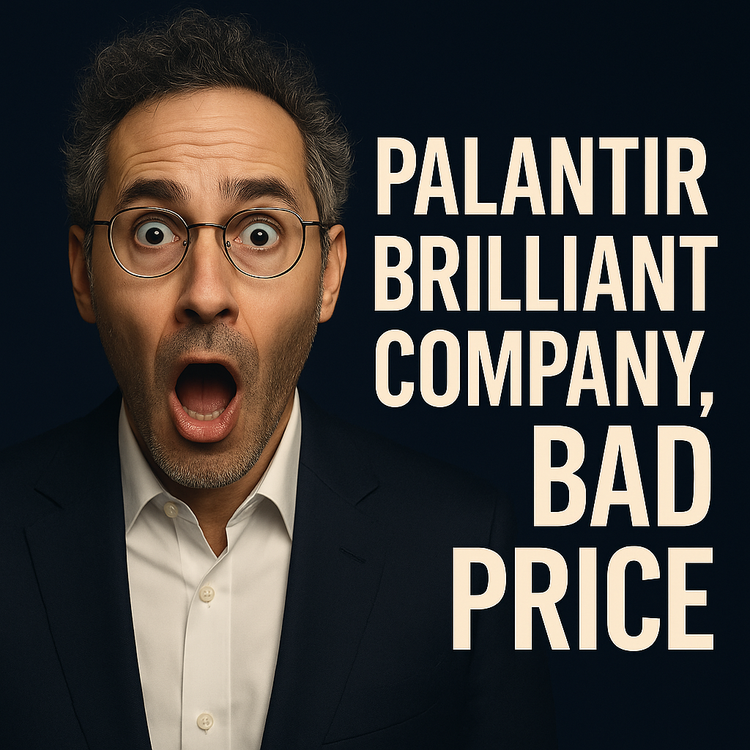
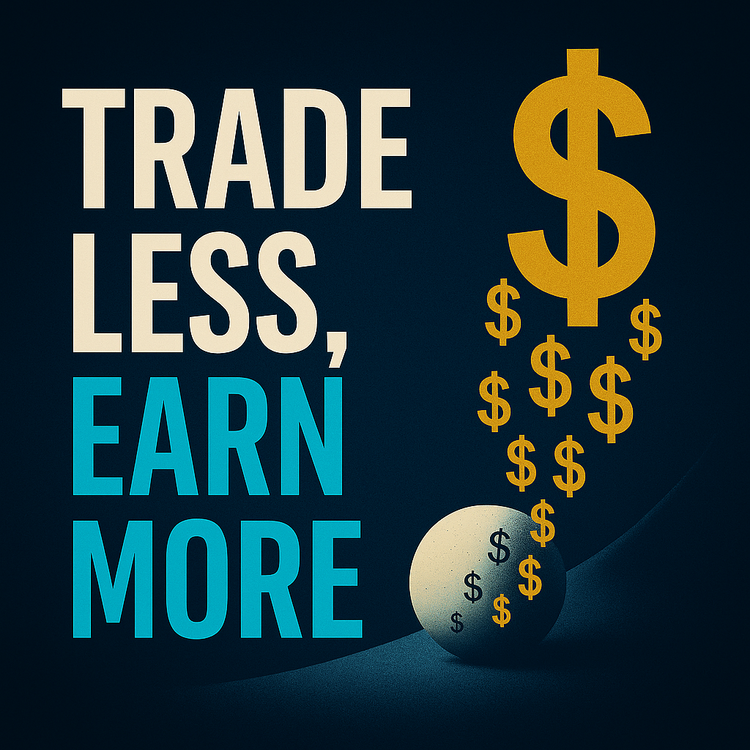
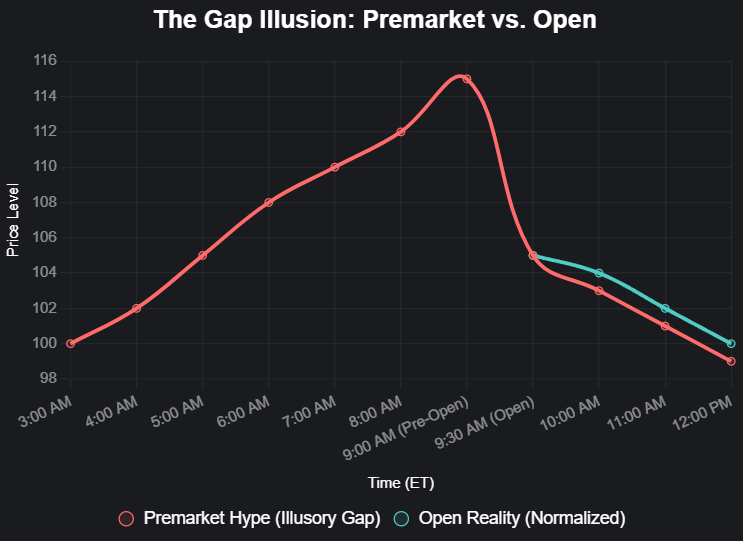

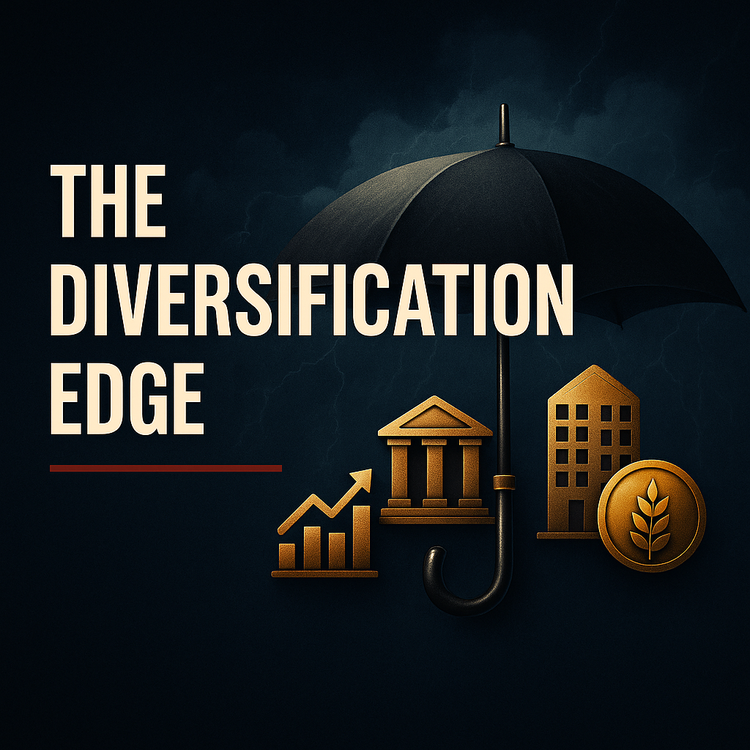
Member discussion